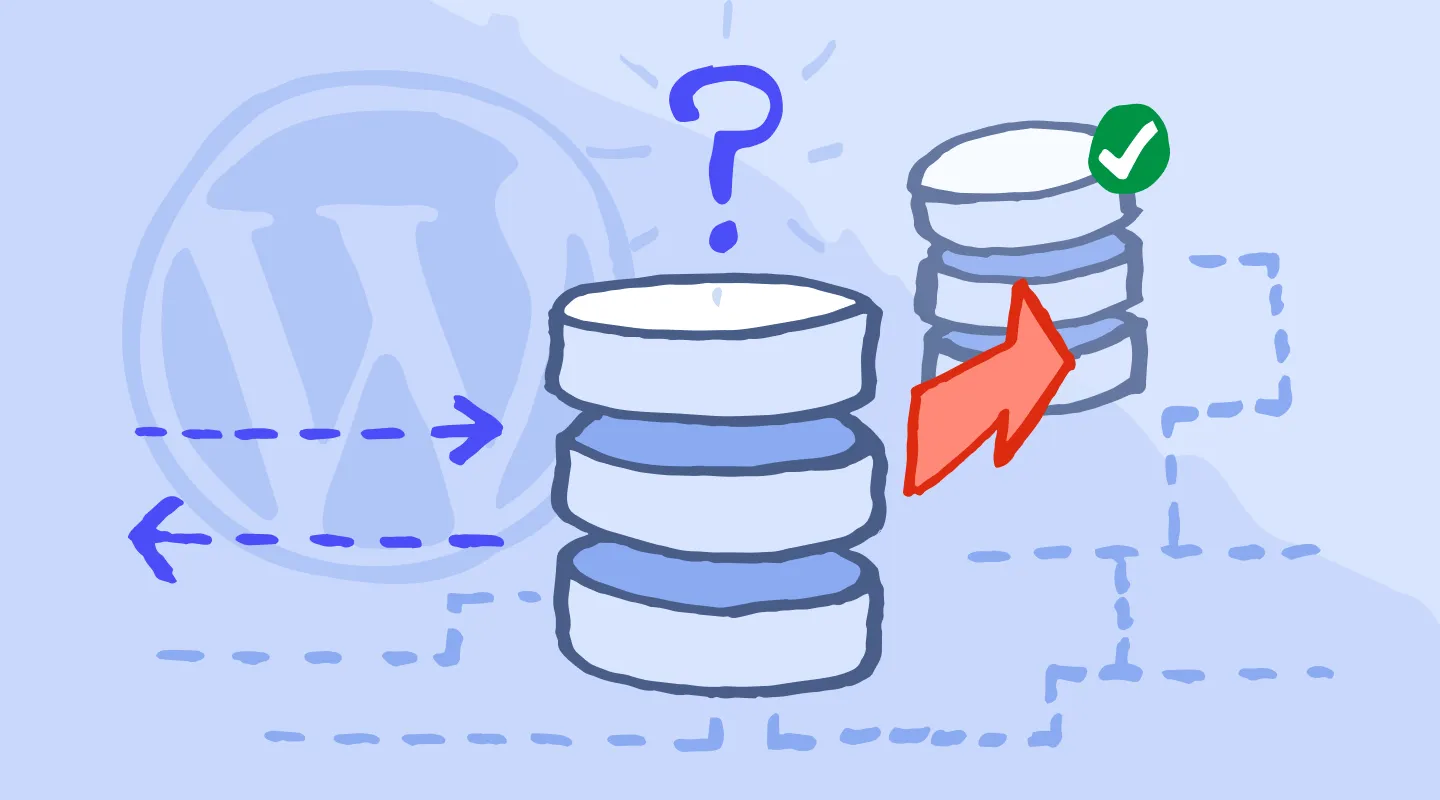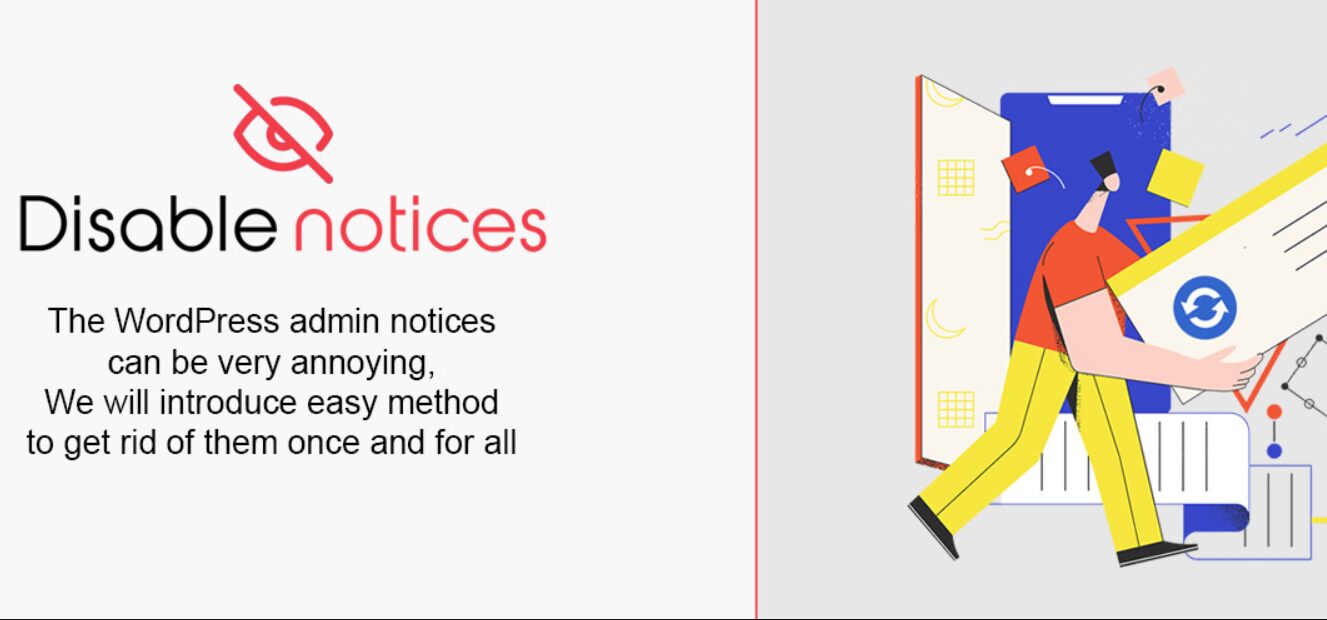In the digital landscape, websites are constantly under the scrutiny of various types of traffic, including both human and non-human visitors. One particular category of non-human visitors is bot traffic, which refers to automated software programs or scripts that interact with websites. While some bots serve legitimate purposes such as search engine crawlers, many others engage in malicious activities that can negatively impact website performance, security, and search engine optimization (SEO). In this article, we will delve into the world of bot traffic, exploring its implications on websites, and providing valuable insights on how to combat and mitigate its effects.
Understanding Bot Traffic
it refers to automated visits to websites performed by software programs or scripts instead of human users. Bots are designed to perform various tasks, from legitimate activities like web indexing by search engines to malicious actions such as scraping content, generating spam, or launching DDoS attacks. Understanding the different types of bot traffic and their intentions is crucial for effectively managing and mitigating their impact on your website.
Impact of on Websites
Bot traffic can have several adverse effects on websites, ranging from increased server load and bandwidth consumption to compromised data security and negative impacts on SEO. These bots can consume valuable server resources, slow down website performance, and cause potential crashes. Additionally, malicious bots can scrape sensitive information, exploit vulnerabilities, and even damage a website’s reputation. Furthermore, when search engines index and rank websites, the presence of bot traffic can skew the data, resulting in inaccurate SEO rankings.
Identifying Bot Traffic
To effectively combat, it is essential to identify and differentiate between bot visits and genuine human traffic. This can be achieved by monitoring website logs, analyzing user behavior patterns, and employing various bot detection techniques. By understanding the characteristics of bot traffic, webmasters can implement suitable countermeasures to protect their websites and ensure a better user experience for genuine visitors.
Common Types of Bots
Bot traffic encompasses a wide range of automated software programs, each serving a distinct purpose. Some common types of bots include search engine crawlers, content scrapers, spam bots, click bots, and DDoS bots. It is crucial to familiarize yourself with these different bot types to understand their behavior and potential impact on your website’s performance and security.
Negative Effects of on SEO
Bot traffic can have significant negative effects on the SEO performance of a website. Search engines rely on accurate data to index and rank websites, but it can distort this data and impact search engine algorithms. Here are some specific ways in which is harm in SEO:
- Poor User Experience: Bots often do not interact with a website’s content in the same way as human users. They may visit multiple pages within seconds, click on irrelevant links, or perform repetitive actions. This skewed user behavior can negatively impact user experience, increasing bounce rates and decreasing average session duration.
- Inflated Traffic Metrics: Bots visiting a website can artificially inflate traffic metrics such as page views, session duration, and bounce rate. This can mislead website owners into thinking their site is performing better than it actually is, leading to misguided SEO strategies.
- Duplicate Content Issues: Some bots scrape content from websites to create duplicate copies elsewhere on the internet. Search engines penalize websites with duplicate content, as it reduces the relevance and uniqueness of the site. This can result in lower rankings or even complete removal from search engine results pages (SERPs).
- Keyword Stuffing and Backlink Spam: Malicious bots may generate spammy content filled with keyword stuffing and create low-quality backlinks to manipulate search engine rankings. Search engines are quick to identify these black-hat SEO practices, and websites associated with such tactics can face severe penalties.
- Server Overload and Downtime: High bot traffic can overload servers, leading to slower website performance or even crashes. When search engine crawlers encounter a website that is frequently down or inaccessible, it can negatively impact its SEO rankings.
- Skewed Analytics Data: it can distort website analytics by inflating metrics such as unique visitors, referral sources, and conversion rates. This makes it challenging to accurately measure the effectiveness of SEO strategies and make informed decisions based on reliable data.
Mitigating Bot Traffic: Best Practices To protect your website from the negative impact and maintain optimal SEO performance, consider implementing the following best practices:
- Implement CAPTCHA and Bot Detection Techniques: Integrate CAPTCHA challenges or utilize bot detection technologies to verify user authenticity and filter out.
- Use Robots.txt and Bot Management Tools: Leverage the power of robots.txt files to control bot access and behavior on your website. Additionally, consider using bot management tools that provide advanced bot detection and mitigation capabilities.
- Monitor and Analyze Bot Traffic Patterns: Regularly monitor website logs and analyze patterns. Look for anomalies, unusual activity, or suspicious IP addresses that indicate bot visits. This data can help identify potential vulnerabilities and guide the implementation of effective countermeasures.
- Secure Your Website: Strengthen your website’s security measures by keeping software and plugins up to date, utilizing strong passwords, and implementing SSL encryption. This reduces the likelihood of bots exploiting vulnerabilities and accessing sensitive information.
- Regularly Monitor Search Engine Webmaster Tools: Stay informed about any notifications or alerts from search engines regarding bot traffic or other SEO-related issues. Monitor crawl statistics, search queries, and index coverage to ensure your website remains in good standing.
By implementing these best practices, you can mitigate the impact on your website’s SEO performance, enhance user experience, and protect your online presence.
FAQs (Frequently Asked Questions):
A: Differentiating between bot traffic and genuine user traffic can be challenging. However, monitoring website logs, analyzing user behavior patterns, and using bot detection techniques such as CAPTCHA challenges can help identify bot visits.
A: No, not all bots are harmful to your website. Some bots serve legitimate purposes, such as search engine crawlers that index your web pages to make them discoverable in search results. However, it is essential to differentiate between beneficial bots and malicious ones to ensure the security and performance of your website.
A: Bot traffic can have a detrimental impact on your website’s search engine rankings. When search engines encounter high levels of bot traffic, it can distort data related to user engagement metrics, duplicate content, and backlink quality. This can result in lower rankings or even penalties that push your website down in search results.
A: Yes, bot traffic can pose security risks to your website. Malicious bots may attempt to scrape sensitive information, exploit vulnerabilities, or launch DDoS attacks. It is crucial to implement robust security measures and regularly monitor and analyze bot traffic patterns to protect your website and its data.
A: Mitigating bot traffic requires a multi-faceted approach. Implementing CAPTCHA challenges, using bot detection techniques, and leveraging robots.txt files can help filter out unwanted bots. Additionally, investing in bot management tools and monitoring website logs for suspicious activity can enhance your ability to mitigate bot traffic effectively.
Conclusion
Bot traffic poses significant challenges to websites, affecting their performance, security, and search engine rankings. Understanding the impact of on SEO and implementing effective countermeasures is crucial to safeguard your website’s online presence. By differentiating between beneficial and malicious bots, monitoring patterns, and employing the best practices discussed in this article, you can protect your website, enhance user experience, and maintain optimal SEO performance. Stay vigilant, adapt to evolving bot threats, and regularly analyze your website’s bot traffic.




